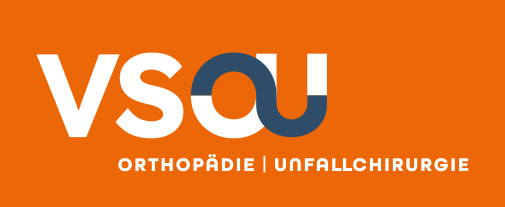Ihre Suche ergab 2 Treffer
Aktueller Stand der Behandlung des kindlichen Klumpfußes
Zusammenfassung: Das Therapiekonzept des kongenitalen Klumpfußes hat sich im letzten Jahrzehnt durch die Verbreitung der Ponseti-Methode fundamental gewandelt. Die Ponseti-Methode stellt aktuell die Therapiemethode der Wahl dar: Das Konzept ist primär konservativ, bestehend aus manueller Redression in Etappen und Retention im Gipsverband. In ca. 80–95% der Fälle ist zusätzlich in den ersten Lebenswochen eine Achillessehnen-Tenotomie zur Korrektur des Spitzfußes notwendig. Der Gipstherapie schließt sich eine Schienenbehandlung bis zum 4.–5. Lebensjahr an. Durch das Therapiekonzept nach Ponseti konnte die Anzahl und insbesondere das Ausmaß der operativen Therapiemaßnahmen erheblich reduziert werden. Ein Rezidiv wird bei ca. 30% der Patienten trotz primär erfolgreicher Behandlung beobachtet und ist damit ein wesentliches Charakteristikum der Deformität. Es wird abhängig vom Alter des Patienten mit erneuter Gipsredression, Physiotherapie bzw. primär extraartikulären Zweiteingriffen behandelt.
Mit zunehmender Verbreitung haben sich verschiedene Modifikationen der Ponseti-Therapie entwickelt. Dennoch wird in der Literatur die klassische Ponseti-Therapie als Methode der Wahl weiterhin propagiert.
Abstract: In the last 10 years the Ponseti method has developed to be the gold standard to correct clubfeet in children. The Ponseti method involves a series of weekly manipulation and retention in casts. In 80–95% a percutaneous Achilles tenotomy is necessary to correct persistent equinus. To prevent recurrence the use of an abduction brace for 4–5 years is necessary.
Following this method the need for extensive surgical intervention to achieve a good to excellent functional and ana-tomic outcome has considerably been reduced.
The tendency for recurrence after successful correction seems to be an important characteristic of clubfoot deformity and appears in 30% of originally corrected clubfeet. Depending on age of the patient and extent of deformity new series of casting, physiotherapy and – when indicated – re-tenotomie of the Achilles tendon and tibialis anterior tendon transfer often resolve recurrence.
Although several modifications of the Ponseti method in literature exist, the original method still is the treatment of choice for clubfoot in children.
Primär- und Verlaufsdiagnostik bei Frakturen im Wachstumsalter
Zusammenfassung: Die klinische und bildgebende Diagnostik in der Kindertraumatologie dient dem Nachweis von Frakturen und anderen Verletzungen. Sie darf keine zusätzlichen Schmerzen bereiten. Der Strahlenschutz ist besonders zu berücksichtigen, dennoch ist das konventionelle Röntgenbild unverzichtbar. Der Ultraschall wird in Zukunft einen größeren Stellenwert erlangen. CT und MRT sind wenigen, bestimmten Fragestellungen vorbehalten. Die Verlaufs- und Kontrolldiagnostik sollte vorwiegend in der klinischen Befunderhebung und -dokumentation bestehen.
Abstract: Clinical and imaging diagnostics in pediatric traumatology are dedicated to the detection of fractures and other injuries. They must not cause any additional pain. Radiation protection requires special consideration, however, the conventional radiograph still is essential. Ultrasound will gain more importance in the future. CT and MRI are reserved for a few specific issues. Follow-up diagnosis and controls should mainly consist of clinical investigation and its documentation.
